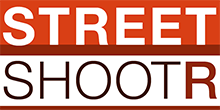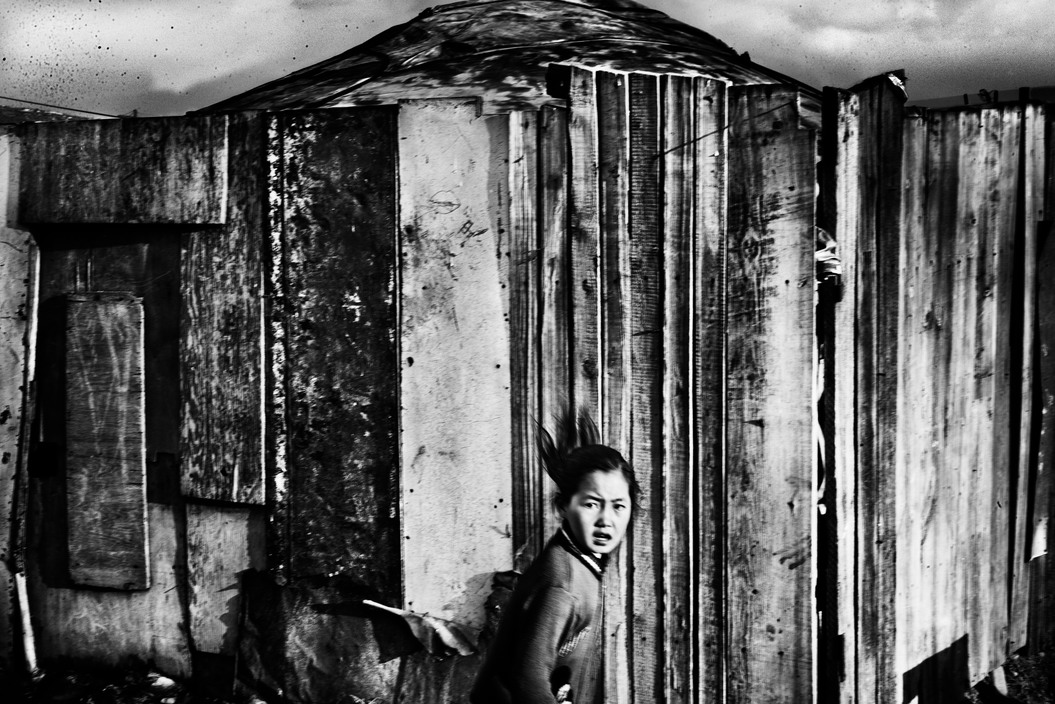Jacob Aue Sobol talks about finding inspiration while shooting his epic Arrivals and Departures series. The work is woven into every aspect of his life and he talks candidly about his influences, and how inspiration finds him in the process of living. Hit the jump to watch the video!
Jacob Aue Sobol On The Nature Of Inspiration
Jacob started his “Arrivals and Departures” project in 2012 as he travelled through Russia, Mongolia and China by Transsiberian train. Life one the train itself didn’t interest him so he stayed for a few days in each city: Moscow, Ulaanbaatar and Bejing. He shot landscapes, streets and the many people he encountered along the way.
The work is an interesting mix of documentary style portraits and candid street work. You can see the influence of Daido Moriyama in the many details he pulls from the world but Jacob’s style is still uniquely his own. This video provides great insight into how Jacob found inspiration in the everyday as he shot 1000 images a day for the 30 days it took to complete his project.
But Jacob’s own words are what really matters:
My name is Jacob Aue Sobol and I’m a photographer with Magnum Photos. And I did this project from Moscow to Beijing. It’s called “Arrivals and Departures” ant it’s a travel with the Trans-Siberian and Trans Mongolian railway.
So basically, the project is to visit 3 cities. Moscow, Ulaanbaata and Beijing. And then use the train as kind of a red thread through the story connecting the cities.
My work has always been about meeting people and getting close to other people. Take intimate pictures but also to see if I could connect with people from three parts of Asia. And kind of get some of the same emotions and show what people have in common.
I shot around 30,000 pictures. More than 1000 images per day. The editing took place on the train, actually. So I would go out on the streets and meet people and photograph and then Sabine, she knows me very well, she’s my girlfriend as well. She’s a film director and she knows exactly what I like in an image. And at the same time she can spot images that I don’t see.
Let’s say I shoot 1000 in one day? She would select maybe 100 of them. Like 10 per cent? And then I would go through that 100 with her and from these 100 we choose maybe 20. So when arrived to Beijing we had 1200 images and we could do the final selection of 60.
The way I photograph is not looking for the great picture, or the great shot. I more try to sense everything and just take pictures of everything I meet on my way. I use a lot of different methods to meet people. Some I meet in the street. Some I meet on Facebook. Some days, like half the days, I would go to different people’s homes and photograph them there and the other half I would use just exploring in the streets.
I got very influenced by Moriyama Daido in Japan. The way he photographs in the streets. So I realized that you don’t have to walk around and look for the perfect picture of the right moment or whatever. It’s for me, it’s more like using all your senses. The important thing for me with my images that they are kind of open. Like people that look at them that can make their own stories about what has happened or what they are seeing. That I don’t tell the complete story. Or I try to put up some questions instead of giving answers or saying this is how it is or this is the story or whatever. But more creating images that people can use their own imagination as well.
When you wake up in the morning and it’s kind of strange work you have. You are trying to find some reason for why you are doing this. And it can be, you know, in the morning you are a bit shakey, a bit scared. But then once you enter the streets and you start meeting people and you get the first images and your body starts to move. To me, it develops from there. And then at the end of the day I have experienced so many things. It’s very terrific.
But the strange thing is that the next morning you have to go through exactly the same thing. It doesn’t change.
I love putting images together. It can be water running down a plant. Or it can be the wheel of a bicycle or shadows, light, anything that catches your eye. It doesn’t have to be a storyline. But it can be a suitcase you open and there’s all these images flying out of it.
Arrivals and Departures by Jacob Aue Sobol on Amazon.
StreetShootr’s Take
You might recognize some of Jacob Aue Sobols’ work from Leica’s ad campaign for the first generation Monochrom. But Jacob doesn’t even mention his gear in the video. I like that the camera is just another hammer to him and he’s largely unconcerned about its tehcnical prowess.
Jacob’s work, to me, is much more than street photography. His hybrid style incorporates candid shots taken in the street but he’s also not afraid to make people aware that he’s shooting them. The result is some really excellent photography that sits comfortably in the documentary tradition.
I’m a fan.
What’s your take on Jacob Aue Sobol’s Arrivals and Departures? Did the Leica Monochrom enhance his vision or would he have been better off just shooting the whole thing on film? Post your ideas in the comments below and keep the conversation going!

